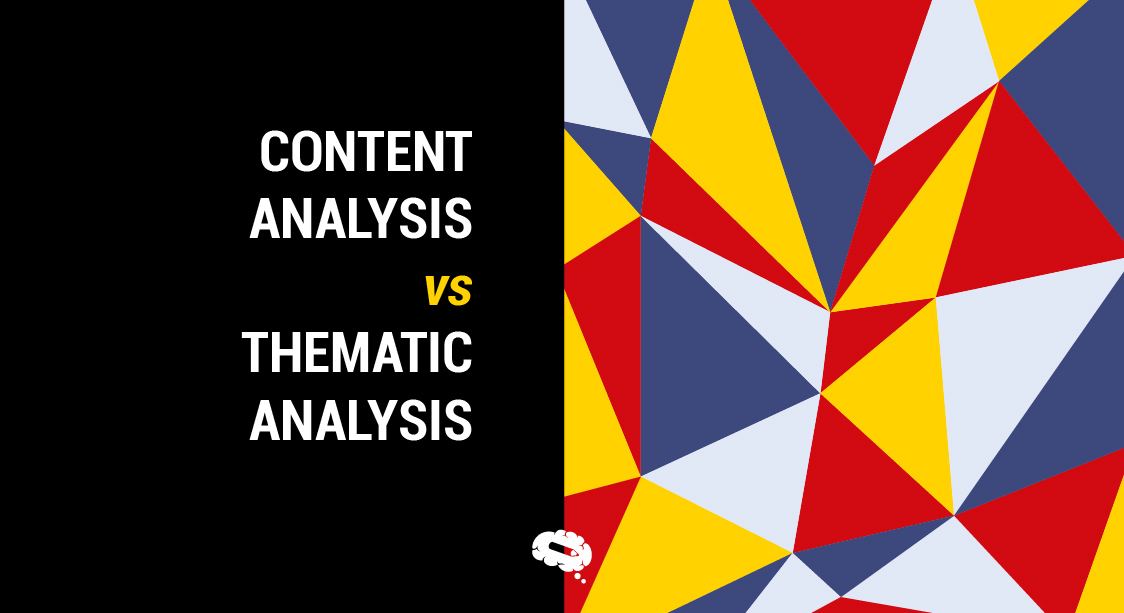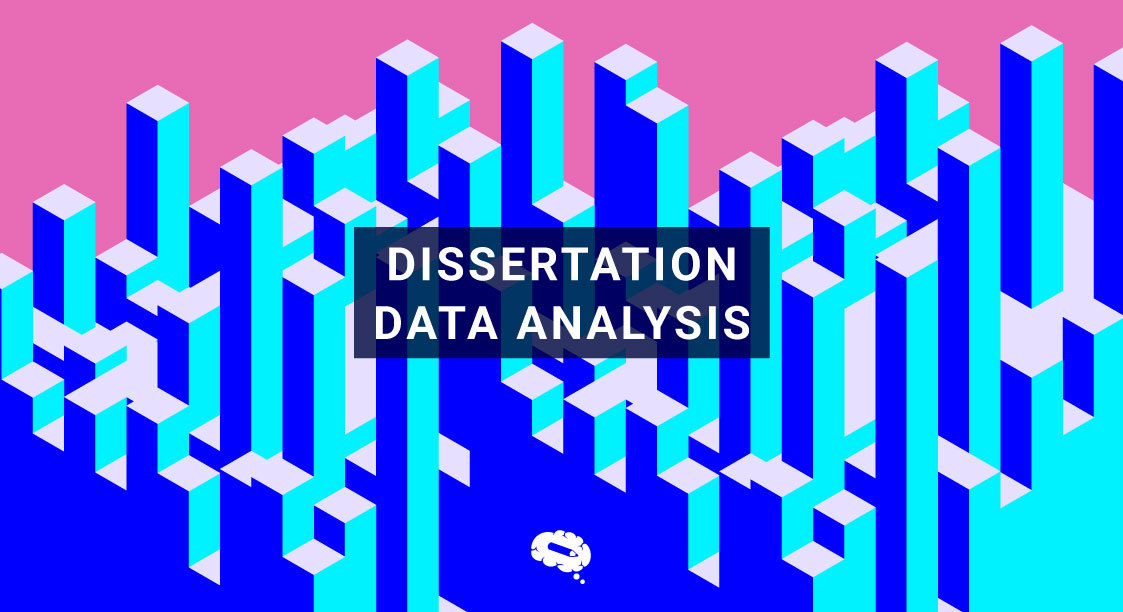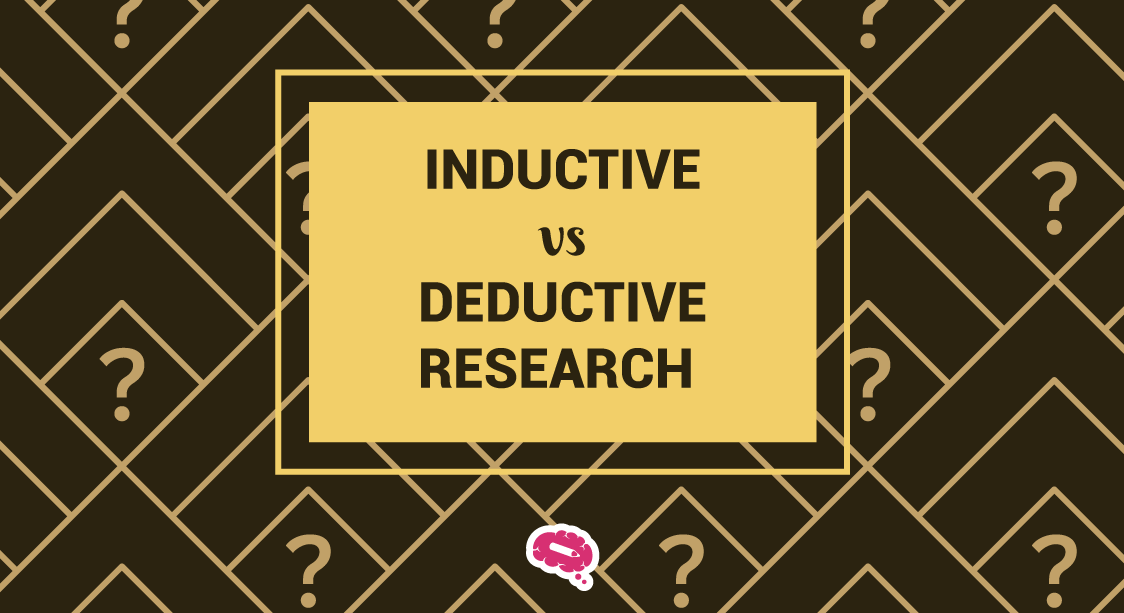An efficient way to identify patterns in data is by using cluster analysis. Clustering is the process of categorizing similar objects or observations based on their features or characteristics. The discovery of hidden relationships in data can be done by identifying clusters in the data and gaining insights into their underlying structure. From marketing to biology to social sciences, cluster analysis has a wide range of applications. Customers can be segmented according to their buying habits, genes can be grouped according to their expression patterns, or individuals can be categorized according to their personality traits.
We’ll explore the basics of cluster analysis in this blog, including how to recognize the type of clustering that’s right for your data, how to choose an appropriate clustering method, and how to interpret the results. A few pitfalls and challenges of cluster analysis will also be discussed, as well as tips on how to overcome them. A cluster analysis can unlock the full potential of your data, regardless of whether you’re a data scientist, a business analyst, or a researcher.
Cluster Analysis: What Is It?
Statistical cluster analysis uses characteristics of comparable observations or datasets to group them into clusters. In cluster analysis, homogeneity and heterogeneity are defined as internal and external properties of clusters. In other words, cluster objects must be similar among themselves, but dissimilar from those in other clusters. An appropriate clustering algorithm must be selected, a similarity measure must be defined, and results must be interpreted. Various fields, including marketing, biology, social sciences, and others, use cluster analysis. In order to gain insight into the structure of your data, you need to understand the basics of cluster analysis. This way, you’ll be able to discover underlying patterns that are not readily apparent to the untrained eye.
There Are Various Types Of Cluster Algorithms
A cluster analysis can be conducted using a variety of cluster algorithms. Some of the most commonly used clustering methods are hierarchical clustering, partitioning clustering, density-based clustering, and model-based clustering. In terms of data type and clustering objectives, each algorithm has its strengths and weaknesses. In order to determine which algorithm is most appropriate for your data analysis needs, you will have to understand the differences between these algorithms.
Connectivity-Based Clustering (Hierarchical Clustering)
In connectivity-based clustering, also referred to as hierarchical clustering, similar objects are grouped together into nested clusters. Through this method, smaller clusters are iteratively merged into larger clusters based on their similarity or proximity. A dendrogram demonstrates the relationships between objects in the data set by providing a tree-like structure that resembles a tree. The clustering method of connectivity-based clustering may be either agglomerative, where objects are successively merged with their nearest associates, or divisive, where objects begin in the same cluster and are recursively divided into smaller clusters. A natural grouping can be identified in complex data sets using this approach.
Centroid-Based Clustering
Clustering based on centroids is a popular type of clustering algorithm where data points are assigned to clusters based on their proximity to the cluster centroids. With centroid-based clustering, data points are clustered around the centroid, minimizing the distance between them and the centroid. Iteratively updating the centroid positions until convergence is the hallmark of K-means clustering, the most commonly used centroid-based clustering algorithm. Clustering based on centroid positions and variances is an efficient and fast method, but it has some limitations, including its sensitivity to initial centroid positions.
Distribution-Based Clustering
In distribution-based clustering, clusters are identified by assuming the data distribution. Each cluster corresponds to one of a variety of probability distributions used to generate the data points. Data points are assigned to clusters corresponding to the distributions with the highest likelihood according to distribution-based clustering, which estimates the parameters of the distributions. Clustering algorithms based on distributions include Gaussian Mixture Models (GMMs) and Expectation-Maximization algorithms (EMs). In addition to providing information about cluster density and overlap, distribution-based clustering can be applied to data with well-defined and distinct clusters.
Density-Based Clustering
Objects are grouped according to their proximity and density in density-based clustering. Clusters are formed by comparing the densities of data points within a radius or neighborhood. Using this method, clusters of arbitrary shapes can be identified and noise and outliers are effectively handled. In a variety of applications, including image segmentation, pattern recognition, and anomaly detection, density-based clustering algorithms have proven useful. One such algorithm is DBSCAN (Density-Based Spatial Clustering of Applications with Noise). Data density and parameter choice both play a role in density-based clustering’s limitations, however.
Grid-Based Clustering
Large datasets with high-dimensional features are often clustered using grid-based clustering. The data points are assigned to the cells that contain them after the feature space has been divided into a grid of cells. A hierarchical cluster structure is created by merging cells based on proximity and similarity. By focusing on the relevant cells instead of considering all data points, grid-based clustering is efficient and scalable. In addition, it allows for a variety of cell sizes and shapes to accommodate diverse data distributions. Due to its fixed grid structure, grid-based clustering may not be effective for datasets with different densities or irregular shapes.
Evaluations and Assessment of Cluster
Performing a cluster analysis requires evaluating and assessing the quality of the clustering results. To determine if the clusters are meaningful and useful for the intended application, these data points must be separated by clusters. The quality of a cluster can be evaluated using a variety of metrics, including variation within or between clusters, silhouette scores, and cluster validity indices. The quality of clusters can also be ascertained visually through inspection of clustering results. For cluster evaluation to be successful, the clustering parameters may have to be adjusted or different clustering methods may need to be tried. An accurate and reliable cluster analysis can be facilitated by evaluating and assessing clusters properly.
Internal Evaluation
The internal evaluation of the clusters produced by the chosen clustering algorithm is a crucial step in the cluster analysis process. In order to select the optimal number of clusters and determine if the clusters are meaningful and robust, internal evaluation is conducted. Calinski-Harabasz index, Davies-Bouldin index, and silhouette coefficient are among the metrics used for internal evaluation. As a result of these metrics, we can compare the clustering algorithms and parameter settings and choose which clustering solution is best for our data according to these metrics. To ensure the validity and reliability of our clustering results, as well as to make data-driven decisions based on them, we must conduct internal evaluations.
External Evaluation
As part of the cluster analysis process, external evaluation is crucial. Identifying clusters and assessing their validity and utility is part of this process. By comparing clusters with an external measure, such as a classification or a set of expert judgments, external evaluation is performed. A key goal of external evaluation is to determine if clusters are meaningful and whether they can be used to predict outcomes and make decisions. External evaluation can be conducted using several metrics, such as accuracy, precision, recall, and F1 score. When cluster analysis results are evaluated externally, they can be determined to be reliable and have real-world applications.
Cluster Tendency
There is an inherent tendency for a dataset to form clusters, which is called cluster tendency. Using this method, you can determine whether your data is naturally clustered or not, and which clustering algorithm to use as well as how many clusters to use. Visual inspection, statistical tests, and dimensionality reduction techniques can all be used to determine the cluster tendency of a dataset. A number of techniques are used to identify cluster tendency, including elbow methods, silhouette analyses, and Hopkins statistics. Understanding a dataset’s cluster tendency enables us to choose the best clustering method and avoid overfitting and underfitting
Application of Cluster Analysis
In almost any field where data is analyzed, cluster analysis can be applied. By using cluster analysis in marketing, you can identify customer segments based on their purchasing behavior or demographics. A gene can be grouped according to its function or expression pattern in biology. In social sciences, attitudes and beliefs are used to identify subgroups of individuals. As well as anomaly detection and fraud detection, cluster analysis is useful for detecting outliers and fraud. As well as providing insight into the structure of the data, it can be used to guide future analyses. There are numerous applications for cluster analysis in various fields, making it a valuable tool for data analysis.
Biology, Computational Biology and Bioinformatics
Bioinformatics, computational biology, and biology have increasingly used cluster analysis. As genomic and proteomic data become increasingly available, the need to identify patterns and relationships has increased. Gene expression patterns can be grouped, proteins can be grouped based on structural similarities, or clinical data can be used to identify subgroups of patients. The information can then be used to develop targeted therapies, identify potential drug targets, and better understand the underlying mechanisms of diseases. Cluster analysis can revolutionize our understanding of complex biological systems by applying it to biology, computational biology, and bioinformatics.
Business and Marketing
Business and marketing applications of cluster analysis are numerous. Market segmentation is a common application of cluster analysis in business. Businesses can develop targeted marketing strategies for each segment by identifying distinct market segments based on customer behavior, demographics, and other factors. Additionally, cluster analysis can assist businesses in identifying patterns in customer feedback and complaints. Supply chain management can also benefit from cluster analysis, which can be used to group suppliers based on their performance and identify cost-saving opportunities. Business organizations can gain valuable insight into their customers, products, and operations by using cluster analysis.
Computer Science
Computer science uses cluster analysis extensively. Data mining and machine learning often use it to identify patterns from large datasets. Using clustering algorithms, for example, you can group images based on similar visual features or divide network traffic into segments based on its behavior. Similar documents or words can also be grouped together using cluster analysis in natural language processing. Bioinformatics uses cluster analysis to group genes and proteins based on their functions and expression patterns. Researchers and practitioners can gain insights into the underlying structure of their data by using cluster analysis as a powerful tool in computer science.
A Step-By-Step Guide To Cluster Analysis
Performing cluster analysis involves several steps that help to identify and group similar objects or observations based on their attributes or characteristics. The steps involved are:
- Define the problem: Identifying the data that will be used for analysis and defining the problem is the first step. To do this, you must choose the variables or attributes that will be used to create clusters.
- Data pre-processing: Next, remove outliers and missing values from the data, and standardize it if necessary. The clustering algorithm is then more likely to produce accurate and reliable results.
- Choose a clustering method: Hierarchical clustering, k-means clustering, and density-based clustering are some clustering methods available. According to the data type and the problem being addressed, the clustering method should be chosen.
- Determine the number of clusters: Next, we need to determine how many clusters should be created. Various methods can be used to do this, including the elbow method, silhouette method, and gap statistic.
- Cluster formation: Clusters are created by applying the clustering algorithm to the data once the number of clusters has been determined.
- Evaluate and analyze the results: Finally, the clustering analysis results are analyzed and interpreted in order to identify patterns and relationships not previously apparent and gain insight into the underlying structure.
To ensure meaningful and useful results from cluster analysis, statistical expertise must be combined with domain knowledge. The steps outlined here will help you create clusters that accurately reflect the structure of your data and offer valuable insight into the issue.
Cluster Analysis: Advantages And Disadvantages
It is important to bear in mind that cluster analysis has both advantages and disadvantages, which are important to take into account when using this technique when analyzing data.
The advantages
- Discovery of patterns and relationships in data: Cluster analysis enables us to learn more about the underlying structure of data by identifying patterns and correlations in the data that were previously difficult to discern.
- Streamlining data: Clustering makes data more manageable and easier to analyze by reducing its size and complexity.
- Information gathering: Cluster analysis uses similar objects to group them together in order to provide valuable insights that can be applied to many different fields of study, from marketing to healthcare, to help improve decision-making.
- Data flexibility: Cluster analysis can be used with a variety of data types and formats, as it does not impose a restriction on the data type or format being analyzed.
The disadvantages
- Intensity of cluster analysis: Given the choice of initial conditions, such as cluster number and distance measure, the results of cluster analysis can be sensitive.
- Interpretation: Interpretation of the clustering results may vary from person to person, and it depends on which clustering method and parameters are used.
- Overfitting: Using clustering may result in overfitting, resulting in poor generalization to new data because the clusters are too tightly tailored to the original data.
- Data Scalability: It can be costly and time-consuming to cluster large datasets, and there may need to be specialized hardware or software to perform this task.
Before using cluster analysis to analyze data, it is important to carefully consider its advantages and disadvantages. Obtaining meaningful insights from our data is possible when we understand the strengths and weaknesses of cluster analysis.
Improve The Visual Presentation Of Your Cluster Analysis Through Illustrations!
When it comes to cluster analysis, visual presentation is key. It facilitates communication of insights to stakeholders and helps to better understand the underlying structure of data. Cluster analysis results can be visualized more intuitively using scatterplots, dendrograms, and heatmaps, which provide more visual appeal to the results. With Mind the Graph, you can find all the tools under one roof! Communicate your science more effectively with Mind the Graph. Take a look at our illustration gallery and you won’t be disappointed!

Subscribe to our newsletter
Exclusive high quality content about effective visual
communication in science.





